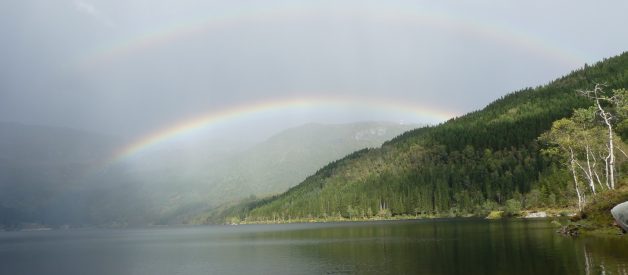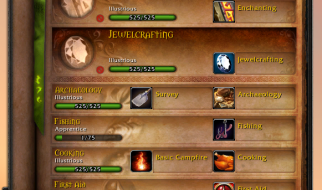Norway and Sweden are both countries in Scandinavia. But which are the differences between the countries? Both countries have their typical traits and beauty. And beauty is also in the differences, right?
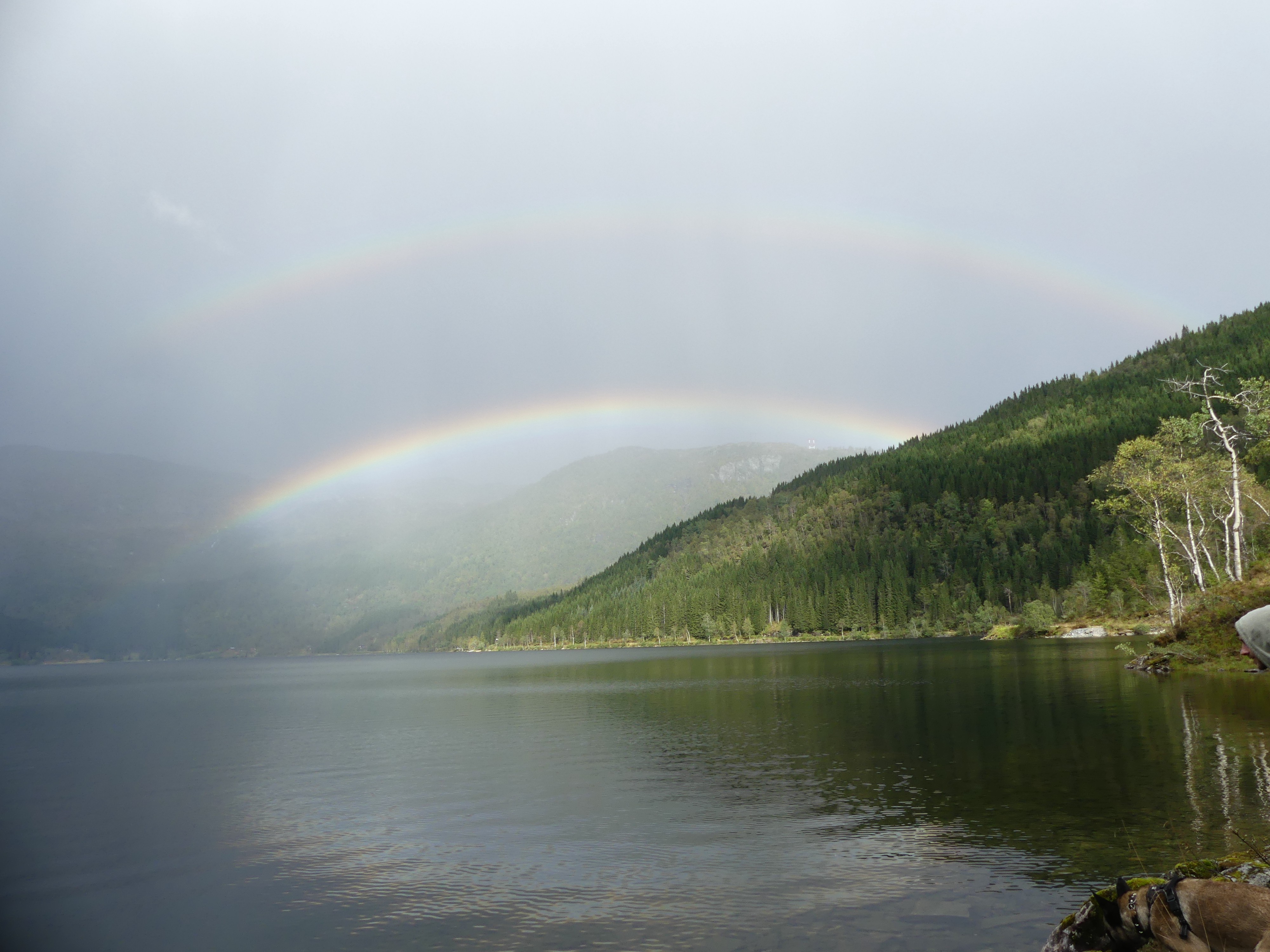 Photo by Eline Van Breda
Photo by Eline Van Breda
1. Costs of living
The restaurant and grocery prices are respectively 35,13% and 34,87% higher in Norway than in Sweden.
Off course the prices of meals in restaurants vary according to the places you visit in both Norway and Sweden. Do you go to the restaurant next to a museum in the middle of the city? Or do you stop at a small town with a local restaurant? The price depends highly on that. This is the same for supermarkets. They tend to be a bit more expensive in touristy places. This is something you can easily look out for, and so avoid or gain extra budget in already expensive countries.
Is the salary then also higher in Norway compared to Sweden? Yes, that is correct! But not so much that it makes up for the high price differences for every day goods and services. So, the purchasing power in Sweden is about 10% higher in Sweden compared to Norway.
The average rent prices in Norway are 32,59% higher compared to Sweden. This is a lot! Therefore you see a lot of people living in Sweden going to work in Norway. That way they gain on 2 sides, they pay less rent and earn more money. Win-win situation for them right!
2. The right of public access
In Sweden everyone has the Right of Public Access (Allemansrtten). You can walk around freely, camp, pick berries and mushrooms wherever you go, even on privately owned land. It is however expected of everyone to treat animals, plants and property with respect. It can be summed up as: ?don?t disturb, don?t destroy.? This right can be found in the Swedish constitution. It is accepted cultural heritage, so a true Swedish custom. The roots for this custom can be found in provincial laws dating from as far as the Middle Ages!
Norway also has almost the same great right. Here it is called ?Allemannsretten?. You can also walk around freely. There are however a few concrete obligations. You have to show respect for nature and pick up the rubbish you leave behind. Furthermore you can only camp for 1 night wherever you want. If you want to stay longer on one spot then you have to request the permission of the landowner to camp there, except when camping very remotely or on a mountain. Another important difference with the Swedish right is that you have to keep a distance of 150 meter to the nearest inhabited house cabin, camping car or caravan. Also this right is cultural heritage.
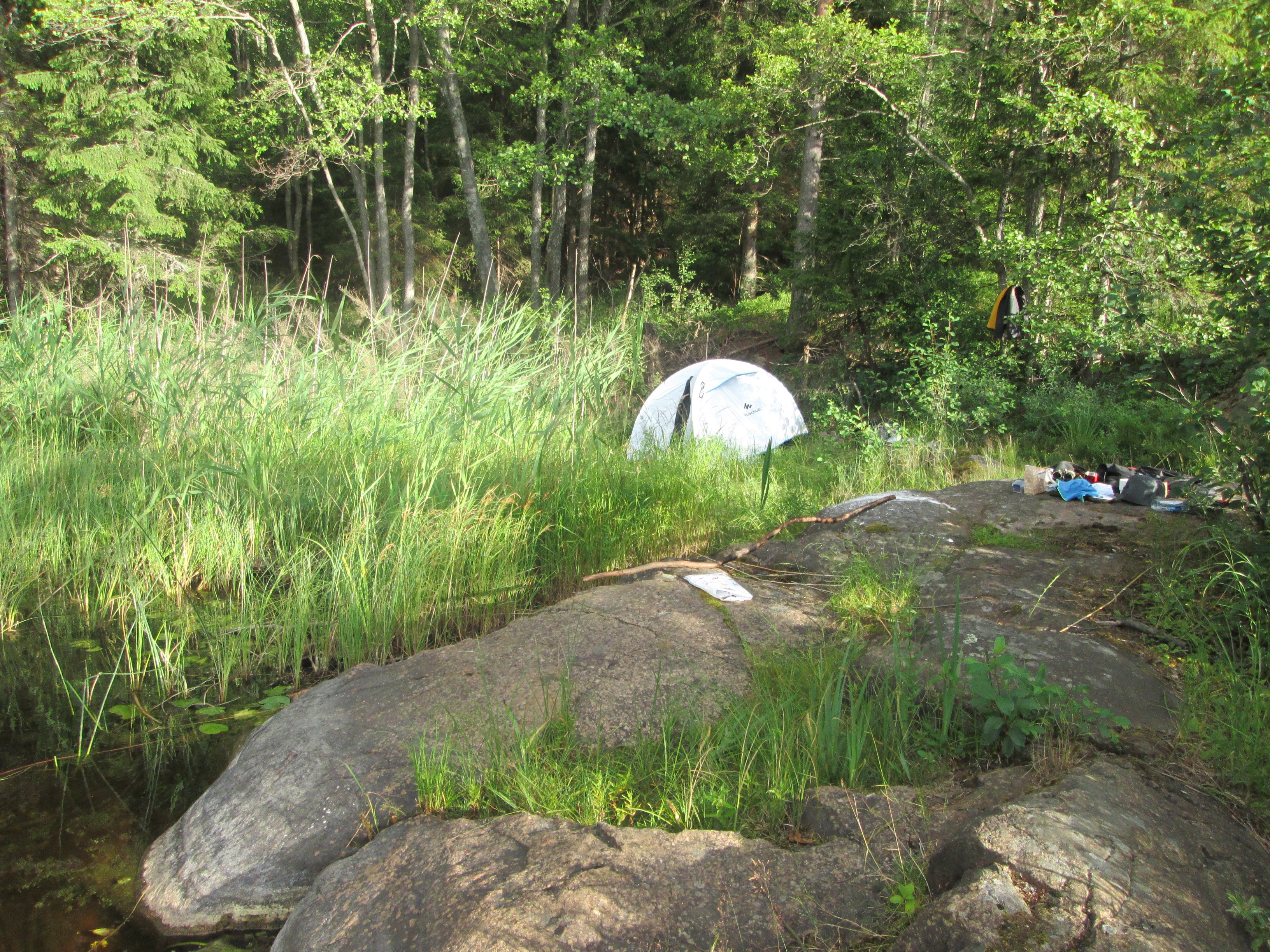 Photo by Eline Van Breda
Photo by Eline Van Breda
There are a few more rules that apply to the right to roam freely in Norway than there are in Sweden but the idea in both countries is the same, and it?s amazing! For people that have not grown up with the right of public access it can be quite liberating. I have experienced it myself. Luckily you have the right in both Sweden and Norway. I can highly recommend you to go for a hike in the forest in the middle or northern part of one of both countries and just walk. And keep walking. The things you see, the places you come across. It is very liberating. Just don?t forget a map or a compass to make sure you find the right way back!
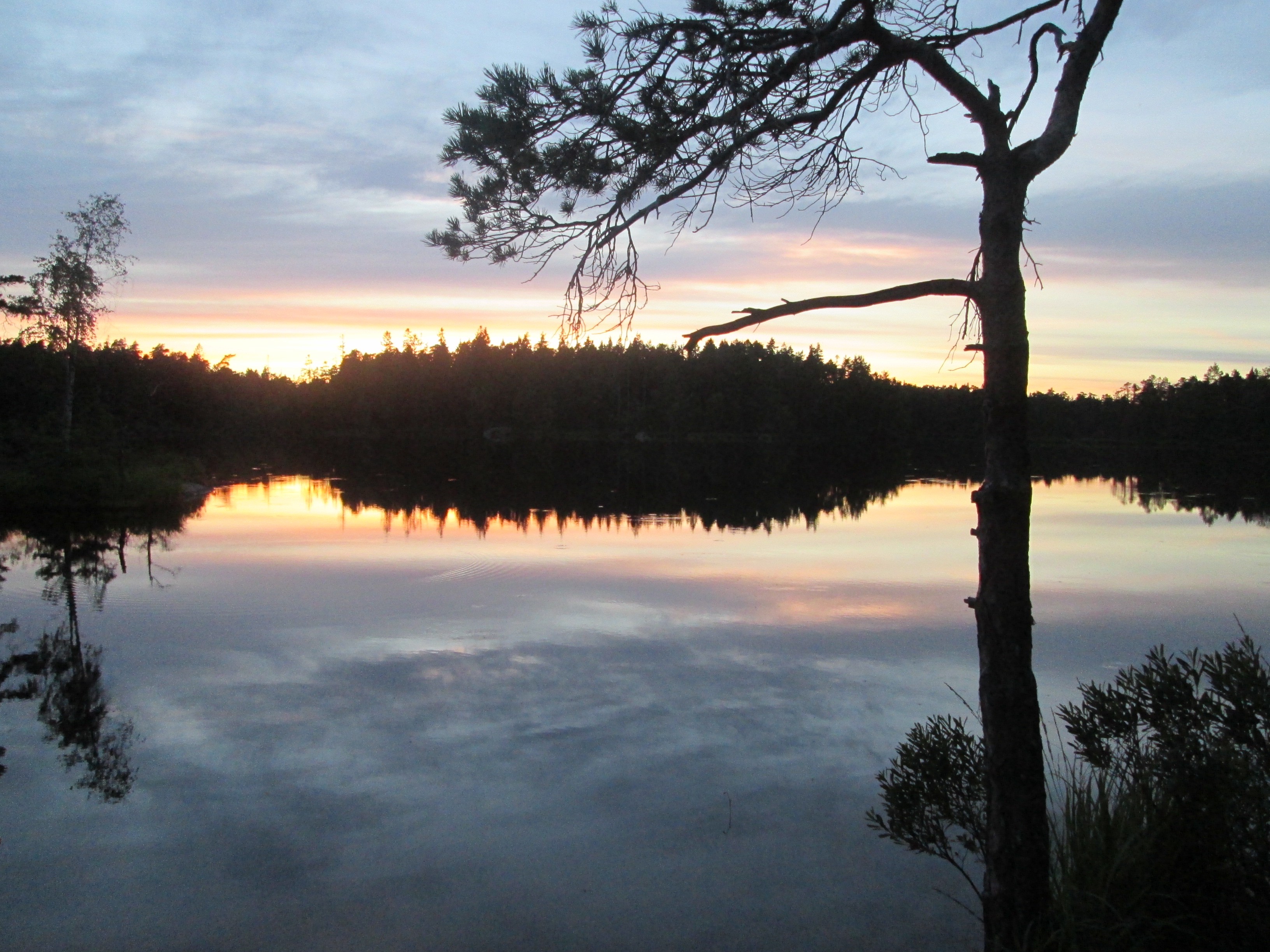 Photo by Eline Van Breda
Photo by Eline Van Breda
3. The land and nature
It might not seem like there is a big difference between the 2 Scandinavian countries whereas to the land, use and its outlook, but there are a few big differences!
In Norway only 2,7% of the land can be used for agriculture. 27,8% is forest. What is the rest, I can hear you say? It is used for other purposes or not used at all. It is used for cities, roads or it?s just a barren mountainous area. The Swedish land offers a bit more opportunities for agriculture with its percentage of land use of 7,5%. Needless to say that both countries have to import a lot of food from other countries. In Sweden the foresting industry is almost 3 times as large as in Norway with 68,7% of the land that is taken up by trees.
Another big difference is a nature phenomenon where Norway is very known for. Its fjords! The best way to see a lot, very big and beautiful fjords is to go to Norway. There a barely fjords in Sweden. Only in the area of Gothenburg in the west and Stockholm in the east you can find some fjords.
Norway however has enormous amounts of large and beautiful fjords. The fjords were created a very long time ago by a succession of ice ages. Like for example the Sognefjord. This is the longest fjord in Norway with a length of 204 kilometers! At some places in the fjord you can find very deep spots up to more than 1300 meters deep. The mountains around it are as high as the fjord is deep so give a very spectacular view. A few fjords are also incorporated in UNESCO?s World Heritage List. The region around the fjord is known for its fertile valleys. You can find crops and fruit growing there.
 Photo by Eline Van Breda
Photo by Eline Van Breda
In and around those fjords you can also see the most spectacular wildlife ranging from seals and whales to eagles. Having waterfalls virtually everywhere you go is very spectacular and so typical to this beautiful fjord region!
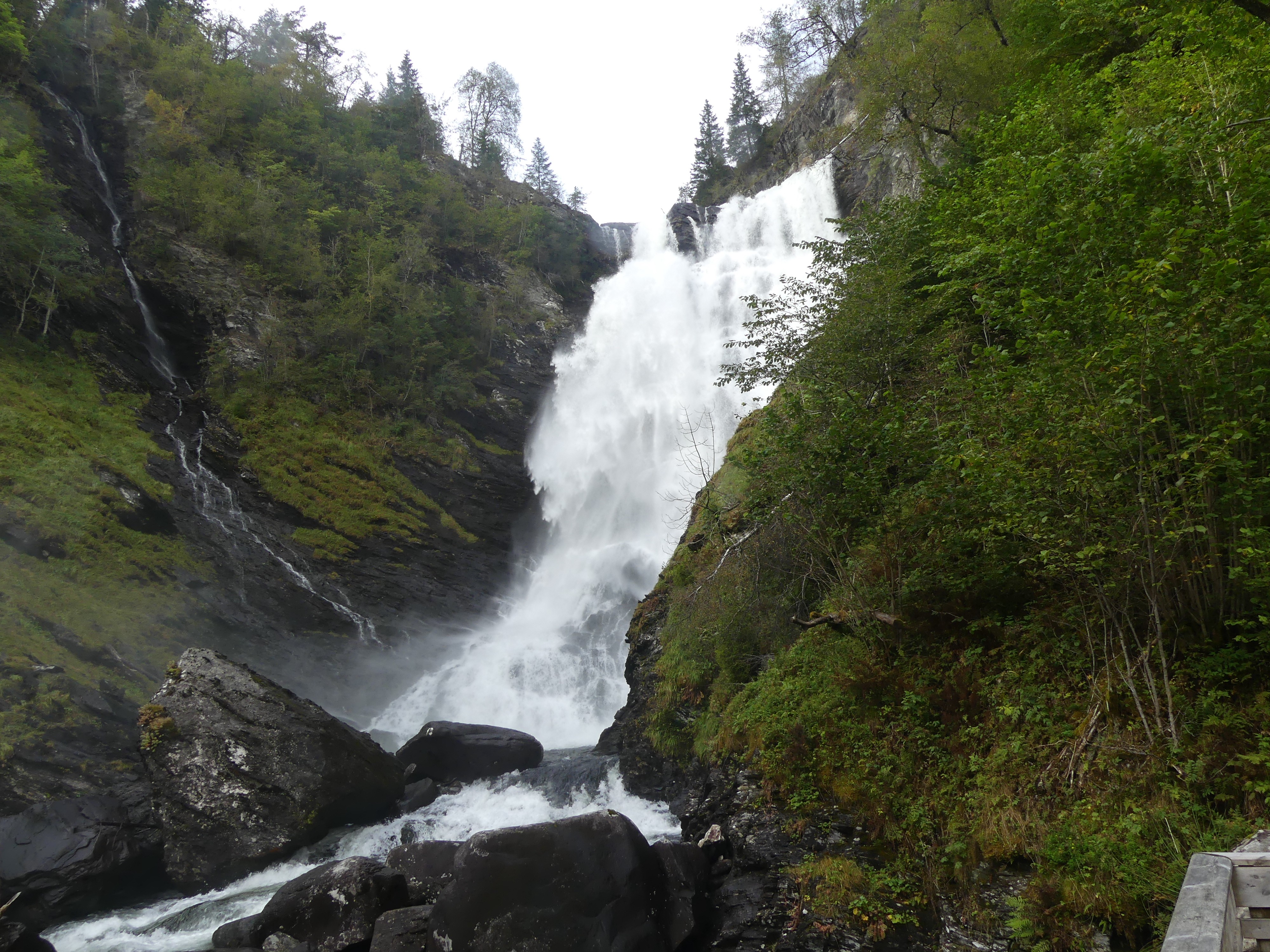 Photo by Eline Van Breda
Photo by Eline Van Breda
Going for a walk is not so easy around the fjords. The area is extremely steep! So be warned, it?s beautiful, but it might cost you some sweat!
4. Stave churches
Norway is known for another thing. Their stave churches. Sweden only has 1 of them. The rest, 28 to be exact, can be found in Norway. In Norway you can also find the Heddal stave church, in Notodden. This is the largest stave church.
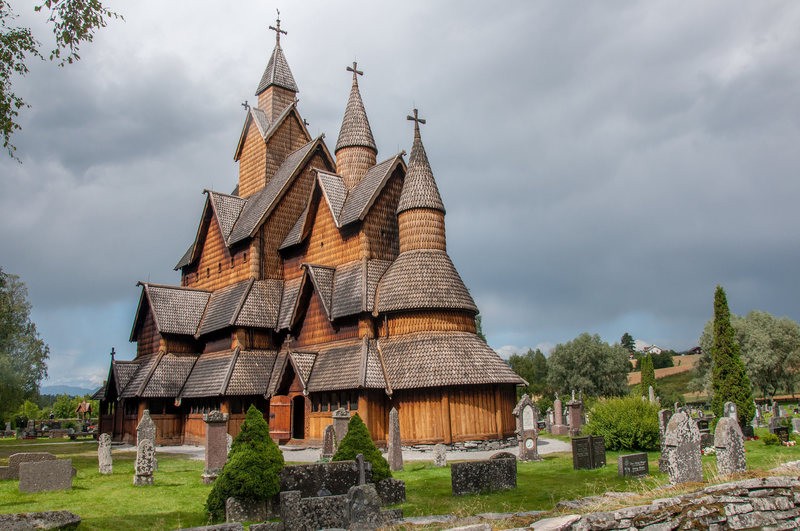 Photo by L.C. Nttaasen/CC BY 2.0
Photo by L.C. Nttaasen/CC BY 2.0
So what is a stave church exactly? A stave church is a medieval church. Once this type of churches were very common in the North-Western part of Europe. The name stave comes from the structure of the building. Large posts that bear the largest load in the church were called ?stafr? in the old Norse. Norse is the language spoken in Scandinavia between the 9th and the 13th century. And so the name stave church came into existence.
Back in the days this type of churches were far more widespread. It is thought that about 2000 of this type of stave churches were built. Unfortunately not so many survived. The ones that did survive are mainly found in Norway. The remaining stave churches were all built in Norway in the period between 1150 and 1350, mostly in less populated areas like valleys, fisherman villages and small villages along the fjords.
The oldest written laws in Norway are very clear about the consecration of the church. It was valid for as long as the 4 corner posts were standing. If a church broke down and a corner post fell, there had to be brought wood and timber to the site during 12 months as a punishment. Afterwards the church needed to be rebuilt.
Over time there was a gradual replacement of this type of churches, and in the 19th century a lot of them were destroyed. Today only 28 remain in Norway. A real gem that you need to have seen when going to Norway, if you ask me!
5. State monopoly on alcohol
In both Sweden and Norway there is a state-owned monopoly on alcohol. You cannot walk in the supermarket and buy a bottle of champagne for you wife?s birthday. No, you must go to a special shop for that.
In Sweden the monopoly was created in 1850, for prevention of overconsumption of alcohol and to take out the profit motive of the alcohol beverage sale. In Norway the monopoly was introduced in 1919 following the Swedish example.
In Sweden those liquor stores owned by the state are called ?Systembolaget?. Here you can find alcoholic beverages with more than 3,5% alcohol. There is no other shop in the country where you can buy beverages with more than 3,5% alcohol to take home, legally. You can find the ?Systembolaget? shops all around the country as there are about 400 stores. When you go to a restaurant however you can buy an alcoholic beverage to drink there.
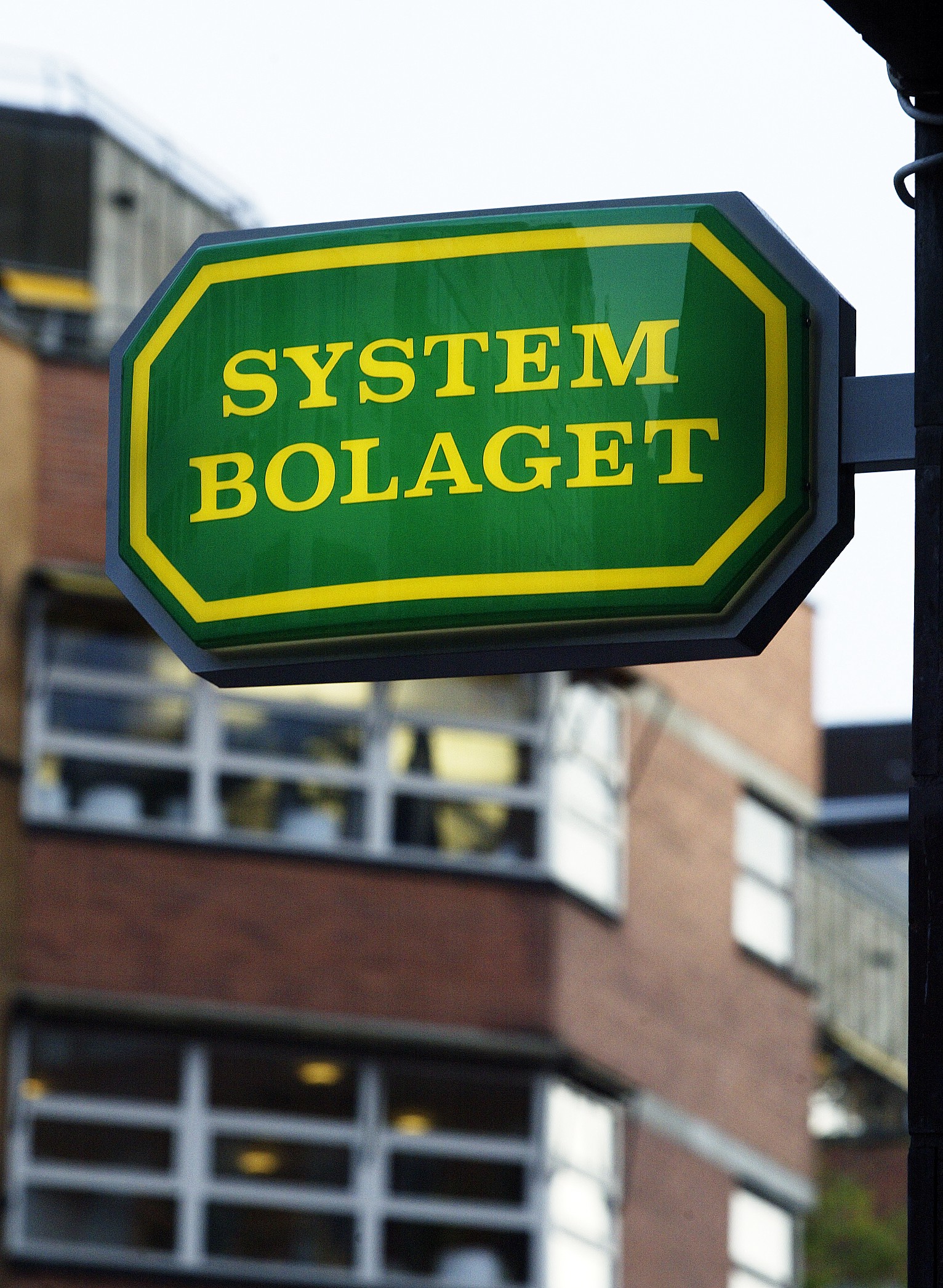 Photo by Systembolaget
Photo by Systembolaget
In Norway you have kind of the same system. Polet stands for ?Vinmonopolet?, in English you can translate this to ?The wine monopoly?. This is a state-owned retailer, and the only company that is allowed to sell alcoholic beverages above 4,75% in the country.
You can find low alcohol percentage drinks in supermarkets, but this is very limited. In Sweden you can find alcoholic beverages below 3,5% in the supermarkets, in Norway this percentage is a bit higher to below 4,75%. Another difference is the cost of alcohol. The price of alcoholic drinks in Norway in both restaurants and in the state-owned shops varies between 30% and 50%. So, drinking a lot of alcohol can be very expensive, for sure in Norway!
6. Whale hunting
A surprising thing, you probably didn?t know about, and that sets Norway apart from Sweden (and from almost the whole world for that matter), is that it allows whale hunting. It is one of the 3 countries in the world where whales are still hunted commercially.
Norway has hunted whales for thousands of years, and up to day still hunts minke whale. A species of smaller whale that are not officially registered as endangered. To people in the whole world hunting whales is more and more a taboo. Norway has a tradition of hunting whales that dates back to the Stone Age. Those that defend the whaling industry say it is a tradition and quota protect the industry from being harmful to the eco system.
Whale meat in only a fraction of the Norwegian consumption. The animals are caught high in the north of Norway where there is only a very small human population. Most Norwegians live in the south. Getting the meat to the big population is an issue.
Most of the restaurants in the city don?t sell whale anymore as it makes them look bad. A lot of people find that selling whale is offensive.
However, it is more of a taboo in recent years, some young cooks love to experiment with it as they find it is like going back to their roots. Whales were hunted from the Stone Age on, so they see it as part of their culture.
During recent years there has been a steady decline in the number of whales that have been caught. This is believed to be due to the climate warming. Whales go higher north, above Norway to seek colder waters. This makes it harder to catch them.
In Sweden there is no whale hunting.
7. Trolls
Trolls are a big part of the Scandinavian folk tradition. They are known in Sweden but in Norway troll folk culture is something very big. This can be traced back to the Norse mythology, this is the old Scandinavian mythology.
Trolls are human-like creatures. They tend to be pictured as stupid, dangerous and sometimes evil. Thera are lake trolls, cave trolls, forest trolls, mountain trolls, you name it, it?s there! But why are the Norwegians so fascinated with them? For example, the only car that Norway produced in its history was named Troll. You can also find statues and places named after trolls.
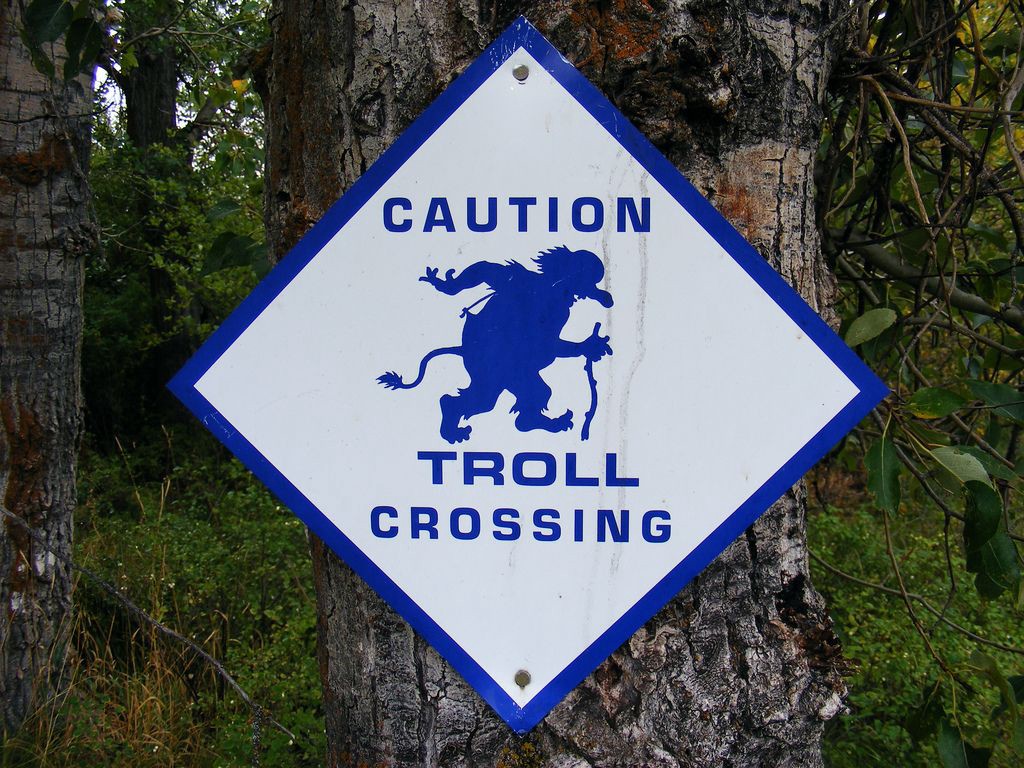
How did this happen? In the 1800s the Norwegian ?Grimm Brothers?, Asbjornsen and Moe gathered folk tales, wrote them down and passed them on to the next generations. These stories are still known by children today. Over time it has become part of the culture and its heritage.
Needless to say you can find all kinds of troll souvenirs in the Norwegian gift shops! You come across troll stories in the Swedish culture as well but a lot less and it has more and more faded away in the today?s life. In one of the things you can find a troll reference in Sweden is in the Swedish idiom ?Tala om trollen?, which means ?speak of the trolls? in Swedish. What they really mean with the expression is ?speak of the devil?. In Norway you can still find them in theater plays etc. today.
8. Little brother
They say that Norway always had a little brother complex from Sweden. Sweden got this ?big brother? title because they are the largest, most populated, and richest country in Scandinavia. Today this results in a lot of competition between Sweden and Norway for example in sport contests. They sometimes say: ?as long as we beat the Swedes, it?s good?. Off course this is all brotherly and friendly banter.
Lately Norway has caught up and even surpassed Sweden. This has a lot to do with the oil that has been found in Norway. Nowadays Swedes go work in Norway because of the better pay. And as from all the points that I wrote about above, I most certainly not agree that Norway is the smaller brother of Sweden.
Norway and Sweden have a lot of similarities but don?t be fooled, there are noticeable differences! Both countries are beautiful on their own, with their specialties and peculiarities. Both are countries which you must have visited in your lifetime!
For other tips & tricks, be sure to check out our other articles about Scandinavia. Or looking for the perfect gift for that Scandinavia lover? Check out our local specialties!
Pure regards,
Eline
